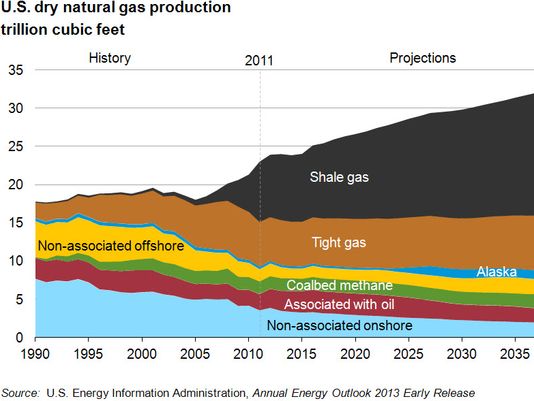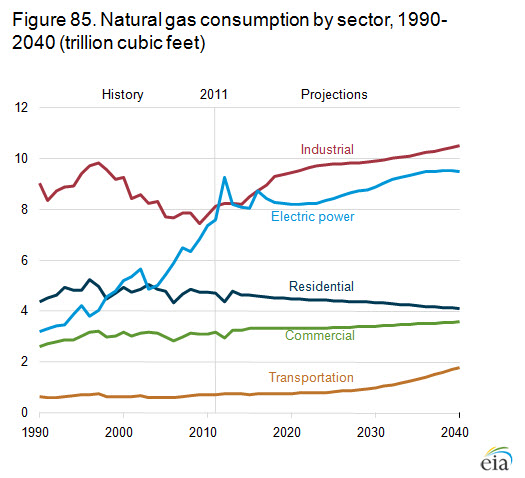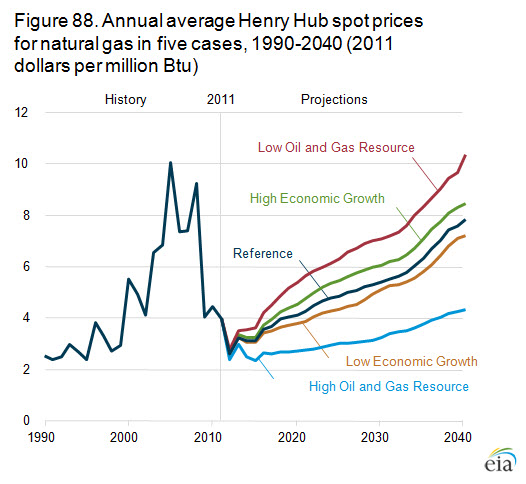Hydraulic fracturing, also known as fracking, is a very effective way and harvesting natural gas from the planet. Unlike typical drilling, fracking involves shooting compressed water into the ground to break up the rocks, freeing the natural gas. Fracking helps keep the cost of natural gas energy low, but does have some impacts on the environment. Recently, a giant sinkhole formed at the National Corvette Museum in Kentucky, and some believe that fracking may be the ultimate cause of the incident. Also, fracking is believed to have caused several small earthquakes as a result of the increased water on fault lines. Automobile manufacturers are starting to offer compressed natural gas as a fuel alternative in a number of vehicles. Does the need for natural gas-powered vehicles contribute to the current fracking boom?
READ: Is Fracking the Cause of the National Corvette Museum Sinkhole? (Updated)
According to USA Today, the United States leads the world in production of natural gas from shale. Fracking is used to free the natural gas from shale, and is key to the process. Product from shale is expected to increase over the upcoming years due to several factors. The first factor is cost. Harvesting natural gas from shale is far less expensive than other means of natural gas harvesting. Next, burning natural gas is cleaner for the air we breathe. Natural gas burns only have the amount of CO2 that burning coal does. Lastly, using natural gas to power automobiles is less expensive, and better for the environment, than burning fuels like gasoline and diesel.
The Energy Information Administration, the government agency tasked with monitoring and tracking this information, predicts that production of natural gas from shale will increase 44% by the year 2040. Most of this growth will come from the transportation sector; people using compressed natural gas in busses, trains, and everyday cars and trucks.
In the EIA’s most recent energy outlook report, they cite the continued growth in natural gas from shale. Currently, industrial uses for natural gas are still the most popular forms of natural gas usage. However, the EIA notes that the fastest growing sector for natural gas usage is transportation.
Notice the upward trend in the transportation category as the line approaches 2040. Only today are compressed natural gas (CNG) vehicles starting to become mainstream. We had an opportunity to sample a CNG-powered Ford F-150 last fall and were impressed by how unimpressive the drive was. The truck drove exactly like every other F-150 we have driven, except that it can be powered by CNG along with gasoline. At the 2014 Chicago Auto Show, Chevrolet unveiled a Silverado that also was powered by an optional CNG unit. The biggest holdback for people adopting it in commercial vehicles, in our opinion, is the safety aspect. The new CNG-powered trucks store the CNG tank in the bed of the truck, and it is protected by a military-grade storage box.
Right now, CNG vehicles make sense for people due to the low prices of natural gas. Ultimately, the price of natural gas will depend on the price of other scarce resources that are used for fuel. If petroleum prices stay relatively low, the demand for CNG will stay low. That will keep the prices low on CNG, but also lower the need for its production. If petroleum prices run high, or the resource runs out, expect prices for CNG to skyrocket as more and more people will be on board. Natural gas is also a scarce resource that, as of now, the United States has an abundance of.
Natural gas prices are currently low because it is relatively inexpensive to obtain natural gas from shale by fracking. As long as demand increases, pressure will exist to keep the prices low. That means that as long as people demand CNG for their vehicles, fracking will need to continue. Only if an alternative to CNG, like hydrogen, takes off quickly will we see the need for fracking to decrease in the near future. As it stands, natural gas is much cleaner than the fuels we are using, and although some of the side effects of fracking can be dangerous or life-threatening, so we do not expect the process to be discontinued anytime soon.






